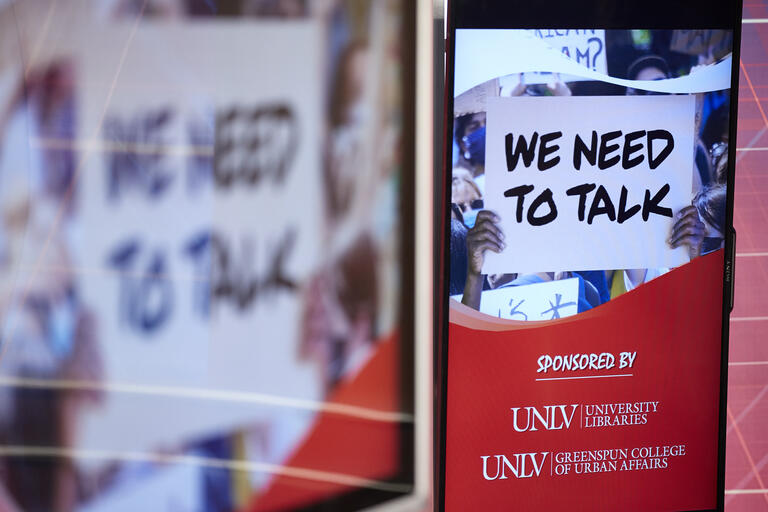As the COVID-19 pandemic spreads, people have been asked to stay out of public spaces and reduce interpersonal contact to limit the transmission of the virus. This process has the unfortunate name of “social distancing,“ which has connotations of removing oneself socially and emotionally as well as physically from the public sphere. Before modern communication technologies existed, those might have been unfortunate side effects of such a containment strategy. However, with all the methods available to us to stay connected across large gaps between us, I propose we call this effort social spacing.
Social spacing
In this way, we emphasize that it’s the physical space between people we seek to minimize, not the interpersonal bonds we share. Social spacing entails a simple geographic removal from other people. It also invites people to become creative in using technological means to bridge the space between us.
When using technology to stay connected, prioritize keeping deeper, meaningful connections with people. Use Skype or other video messaging to see as well as hear from people important to you. Talk to people on the phone to maintain a vocal connection. Use your favorite social media site’s individual messenger to keep a dialog going with someone. Have individual or group texts for select audiences of messages.
In these deep, close, personalized connections, it’s OK to share your anxieties and fears. Validating that other people are concerned or even scared can help them feel like they are grounded in reality. However, beyond simple validation, use these deep connections to plan out what to do, to take concrete actions to live the lives you want. To the extent possible, share hobbies or other pursuits together if you’re shut off from work or other personal strivings for success.
- Move book clubs from living rooms or coffee shops to speaker phone calls or group Zoom sessions.
- Find online or app versions of bridge, board games, roleplaying adventures, or other fun things you might do together in person – or find new things to do online.
- Set an appointment with some friends to watch a show or movie on TV or streaming media. You can then have a group chat afterward to share your reactions. Then again, maybe you all would enjoy keeping the line open as you’re watching to comment along in real time!
- Curate playlists on Spotify or other music sites to share with your friends to express your current mood or provide some uplift to each other.
- Make a creative group so that you write novels, paint pictures, or pursue other artistic endeavors.
- Learn skills through shared courseware from Khan Academy, LinkedIn Learning, or other sources.
These kinds of personalized connections can be prioritized over broad social media posts. In that way, you have more of an influence over your audience – and you can ask for a deeper kind of support than a feed or timeline might provide. If you use social media, use language laden with nouns and verbs to minimize emotional contagion. Share information from trusted, reputable sources as close to the relevant data as possible.
When too many connections and too frequent news become too much
You might find that the firehose of information overwhelms you at times. If you find yourself getting more anxious when you watch the news or browse social media, that’s a good sign that you’d benefit from a break. As a first step, you might disable notifications on your phone from news or social media apps so that you can control when you search for information rather than having it pushed to you. Other possibilities include:
- Employing the muting options on Twitter, snooze posts or posters on Facebook, or filter words on Instagram.
- Using a timer, an app, or a browser extension to limit the time you can spend on specific social media sites.
- Turning off all your devices for a few hours to really unplug for a while.
Through these methods, you can give yourself space to recharge and stay connected even as you’re socially spaced.



